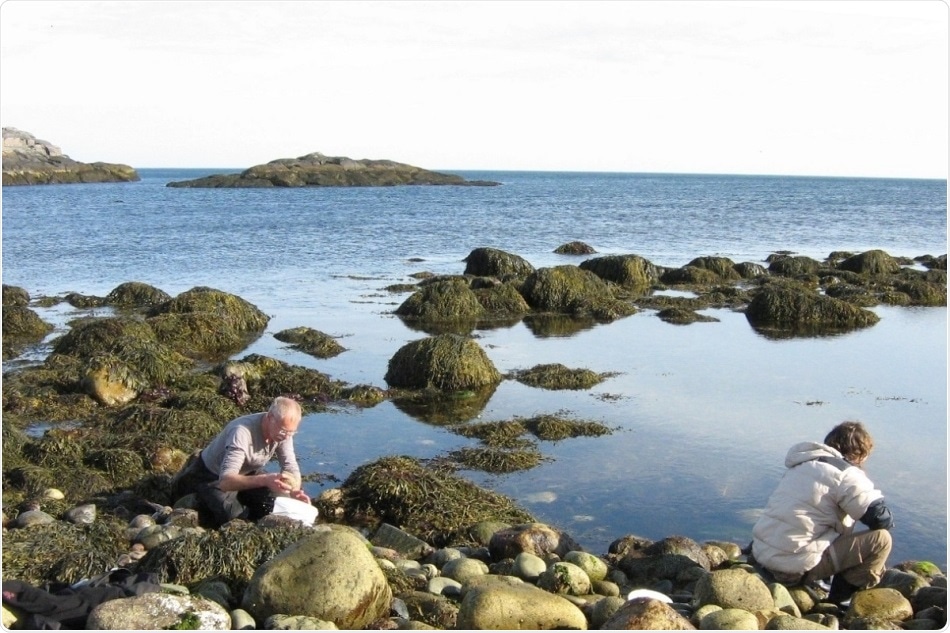St Petersburg University researchers have successfully interpreted the Intoshia variabili gene, which happens to be the smallest representative of the parasite belonging to Orthonectida group.

Image Credit: St. Petersburg University.
Currently, the genome of this parasite has been established to be the smallest among all metazoans and contains just 5,120 genes. Phylogenetic associations of Orthonectida have remained a debatable topic for a long time.
The research team from St Petersburg University has now released new data demonstrating that these parasites are closely related to Annelida.
Orthonectida is a group of parasitic creatures that was discovered long ago—in 1877. However, their position in the animal system until recently remained a mystery. Initially, they were considered extremely primitive animals that occupy an intermediate position between Protozoans and Metazoans. Hence, their old name is ‘mesozoa’: from the Greek ‘meso’—‘between’ animals and protists. However, when we began to research them, they turned out to be not that simple.”
George Slyusarev, Professor and Doctor of Biology, St Petersburg University
The researchers came across the concept of sequencing the genome of the tiniest orthonectid in 2016 when they were performing another study. They were trying to figure out a genome of another species, which was slightly larger and known as Intoshia linei.
During that time, this species was found to be one of the smallest genomes among metazoans. Hence, the St Petersburg researchers proposed that even smaller genomes could be present in the tinier Intoshia variabili.
The researchers could also compare these genomes and learn more about the emergence of such enigmatic creatures.
One of the main challenges is whether the development of orthonectids matches with the basic tenets of the emergence of parasites, which in due time becomes simpler and smaller morphologically and also discards the genome’s “stuffer” fragments.
To learn more about this, the researchers visited the University Marine Biological Station where Intoshia variabili was initially identified and elucidated, but these species are also present in the Barents Sea.
However, the biologists have to collect these parasites in the field and in very small proportions, as it was rather difficult to culture these parasites in the laboratory.
The samples, thus collected, were brought to St Petersburg University, where molecular studies were performed at the facilities of the Research Park of the same university.
It turned out that the genome of the smallest representative of orthonectids that we sequenced contains the minimum number of genes that is ever possible for the normal functioning of a metazoan. At the moment, this is the smallest genome among all metazoans.”
Natalya Bondarenko, Candidate of Biology, Senior Research Associate, St Petersburg University
Bondarenko continued, “Its size is 15.3 million base pairs. The number of genes is 5,120, and half of them are the so-called orphan genes, which do not group with any other genes known to science. They are unique to orthonectids. We continue to work in this direction to understand what these genes are and how they work in the genome.”
The St Petersburg University team also found the genetic evidence that orthonectids belong to a certain type of animal called Annelida. Fascinatingly, as Bondarenko pointed out, there were no real intra-organism parasites among the annelids, which made orthonectids a unique exception.
According to the biologists, identifying an organism with such a tiny genome is a major success because it can be easily used as a model object for numerous studies.
Ortonectids themselves are not as interesting as general biological issues related to the study of the evolution of parasitism in general: how does simplification occur in different groups of animals; how does it differ; and why do they come to the same thing in a variety of ways. The recent data makes it possible for us to move in any direction and study specifically, for example, the evolution of the nervous system and many other aspects.”
Natalya Bondarenko, Candidate of Biology, Senior Research Associate, St Petersburg University
Source:
Journal reference:
Slyusarev, G. S., et al. (2020) Extreme Genome and Nervous System Streamlining in the Invertebrate Parasite Intoshia variabili. Current Biology. doi.org/10.1016/j.cub.2020.01.061.